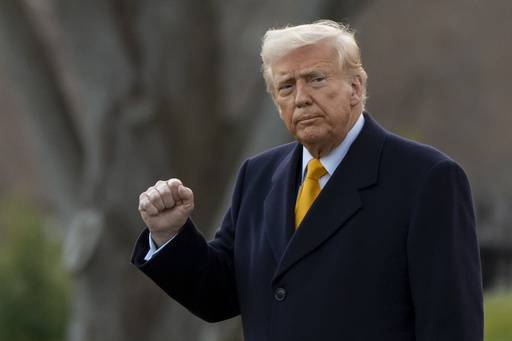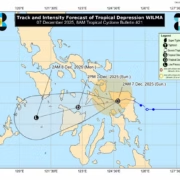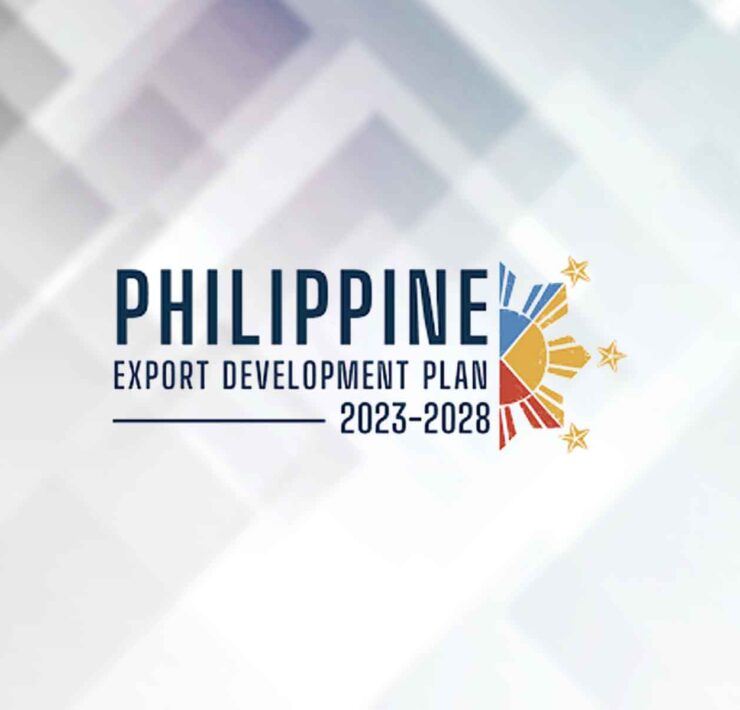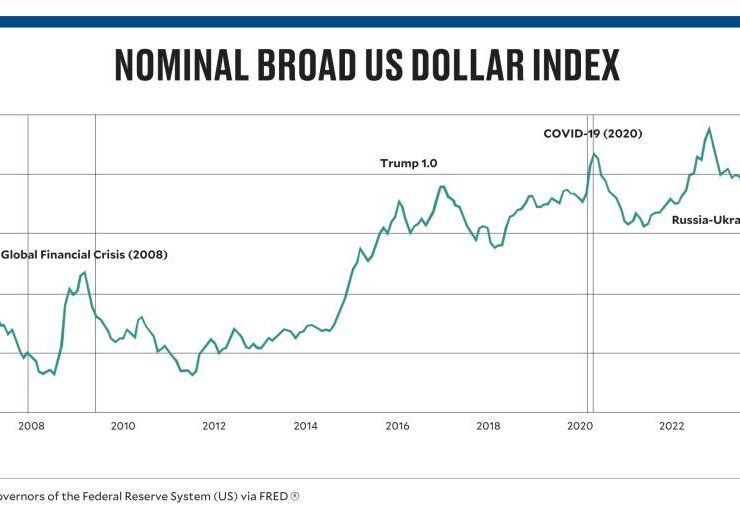Counting the potential toll of Trump’s tariffs on major Asian economies

BANGKOK (AP) — The trade war that U.S. President Donald Trump has escalated in his second term is a challenge for all Asian economies, large and small, in an era when the most populous region of the world is expected to drive global economic growth.
Export manufacturing and free trade helped transform China and other Asian countries into economic powerhouses over the past decades. Trump’s barrages of tariffs, aimed at compelling companies to keep or set up their factories in the United States, are rupturing trade agreements often made at great political cost to trading partners.
The White House says the criteria for raising tariffs will include not just U.S. trade deficits but also various taxes, exchange rates, government subsidies and various non-tariff trade barriers. Apart from the tariffs to be announced on Wednesday’s “Liberation Day,” as Trump calls it, 25% tariffs on imports of autos and auto parts are due to take effect on Thursday.
Trump has also ordered levies against China, Canada and Mexico; expanded tariffs on steel and aluminum, and imposed tariffs on countries that import oil from Venezuela. He plans more import taxes on pharmaceutical drugs, lumber, copper and computer chips.
Higher costs already have led many manufacturers to shift away from China to other economies in South and Southeast Asia, Africa and Latin America. But for now the prevailing uncertainty over what Trump will do with what he calls “reciprocal” tariffs may lead most to sit tight and see what comes next.
“There’s no script for how reciprocal tariffs get priced, and uncertainty is the only constant,” Stephen Innes of SPI Asset Management said.





















